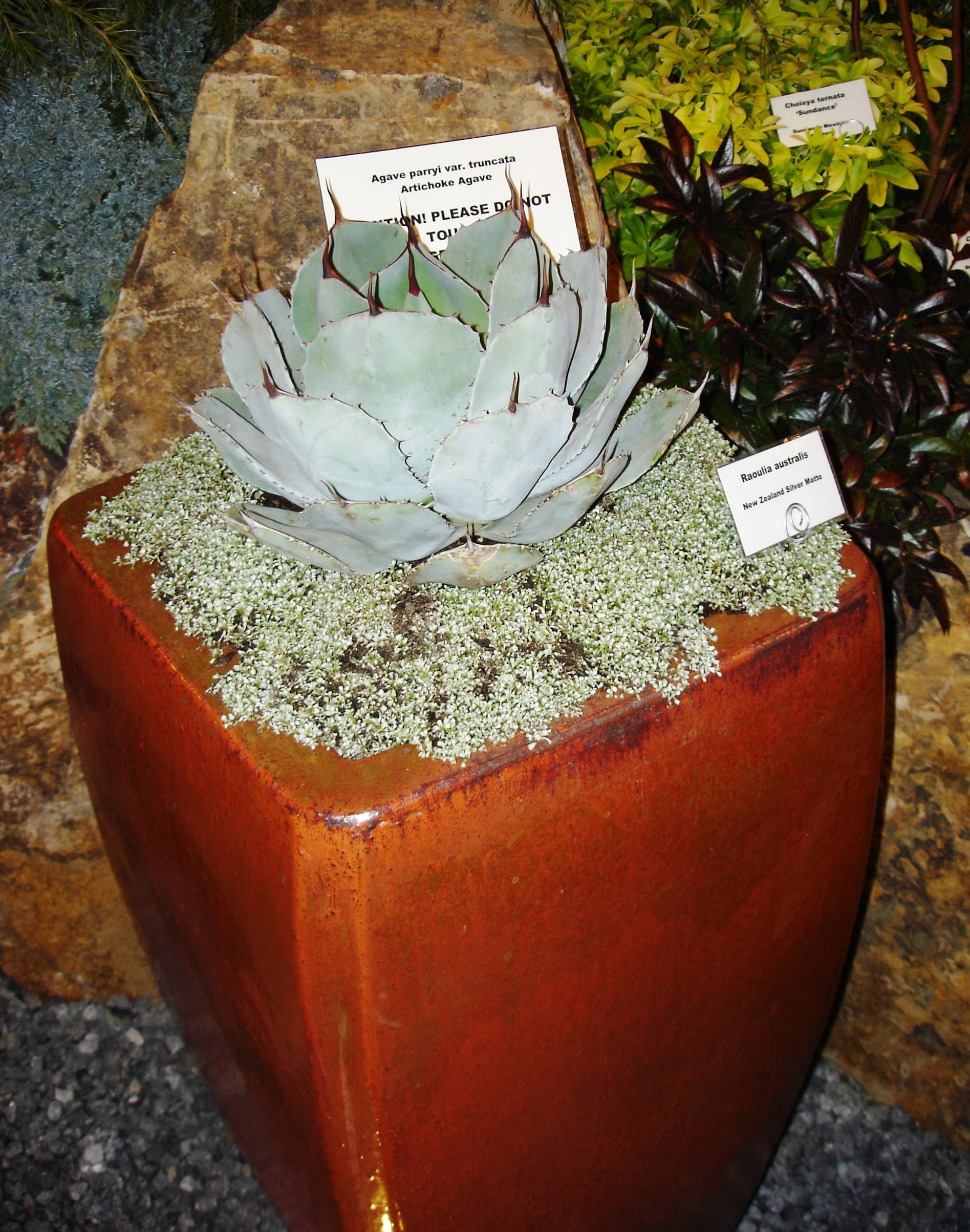The 2013 Oregon Association of Nurseries’ Yard, Garden & Patio Show is the first outdoor show of the season and it’s just a little more than a week away. Presented by Dennis’ 7 Dees, the event runs Friday, Feb. 8, thru Sunday, Feb. 10, at the Portland Convention Center. This is the largest consumer gardening event of its kind.
The theme of this year’s YG&P Show is “Gardens Through the Ages” and will feature seven walk-through garden designs from numerous historic and modern eras. Travel through time and dimension as the unique showcase gardens provide inspiration to create the outdoor living spaces of your dreams. The garden creators will be on hand to answer your questions and provide resource information for your future landscaping plans.
Enjoy a full docket of free seminars and demonstrations, as well as countless plant-buying opportunities. Tantalize your senses with an assortment of specialty programs offering outdoor cooking classes, a contemporary Urban Edible Garden and the Remarkable Green Market. Don’t miss the Cracked Pots Art Sale featuring garden sculpture, ornament, art, decorative plant supports and much more.
The highlight of my visit to the YG&P Show will be the seminars and demonstrations. There is something here for every level of gardener, from novice to professional. The garden world’s best speakers present topics as diverse as garden design, vegetable gardening, floral arranging,
sustainable practices and plant selection. Celebrity landscape designer and star of DIY’s “Extra Yardage” Billy Derian will be a featured presenter.
This is always one of my favorite garden shows and I encourage you to make the trip with your favorite garden friends for a full weekend of garden overload. I will be there Saturday and Sunday and plan to man the occasional shift at the popular Hardy Plant Society of Oregon Winter-in-Bloom display. Portland and Clark County HPSO members bring in samples of plants in full bloom or with seasonal interest from their own winter gardens. For more information, check out the YG&P Show website.
Annual deadheading is normally the only pruning you need to do on heaths, heathers and lavenders. This will keep the plants compact, vigorous and flowering heavily. Without pruning, these plants have a tendency to spread open and go bare in the center of the plant. Use garden shears to cut away the spent flower heads. Cut about 3/4 to 11/4 inch of the previous season’s growth. This will also stimulate dense new spring growth.
Lilacs, hydrangeas and other tall, multi-stemmed shrubs that have grown too dense will benefit by cutting back one third of the shoots for two or three years in succession. I personally recommend a yearly habit of pruning out one third of the oldest shoots. This allows you to keep the shrub to a manageable size from year to year. There will always be some older, flowering stems, as well as new growth for plant vigor.
If you decided to take a chance and leave tender bulbs such as dahlias and gladiolas in the ground this winter, make sure that the stocks are cut off at ground level and that they are cut at an angle so that water will not collect in the stalk and rot the tubers below. Ensure that the plants are covered with a thick layer of mulch or compost to help protect them through the cold months.
In some winters, a few shrubs and trees in the garden all but refuse to drop their leaves. Others, such as the weeping Japanese maple, Harry Lauder’s Walking Stick (Corylus avellana ‘Contorta’) and the dwarf weeping willow (Salix caprea ‘Kilmarnock’), have such a tangle of intricate branching that fallen leaves catch in all the different angles, collecting in matted pockets through the branches. This is when you need to take matters into your own hands.
Remove any clusters of leaves stuck in the crotch of twigs and branches. A flexible, steel, hand-held rake is perfect for this job. Available in the garden tool section of most stores, this rake has foot-long, flexible tines that can reach in between tight branches and pull out fallen leaves and other debris caught in the nooks and crannies. This is the classic “right tool for the job”.
Any leaves that cannot be removed with this tool may need to be picked out or plucked off the stems. Since I often advocate buying certain plants for their winter silhouette, it makes sense to remove any debris that detracts from the architecture of the plant.
Robb Rosser is a WSU-certified master gardener. Reach him at Write2Robb@aol.com.



